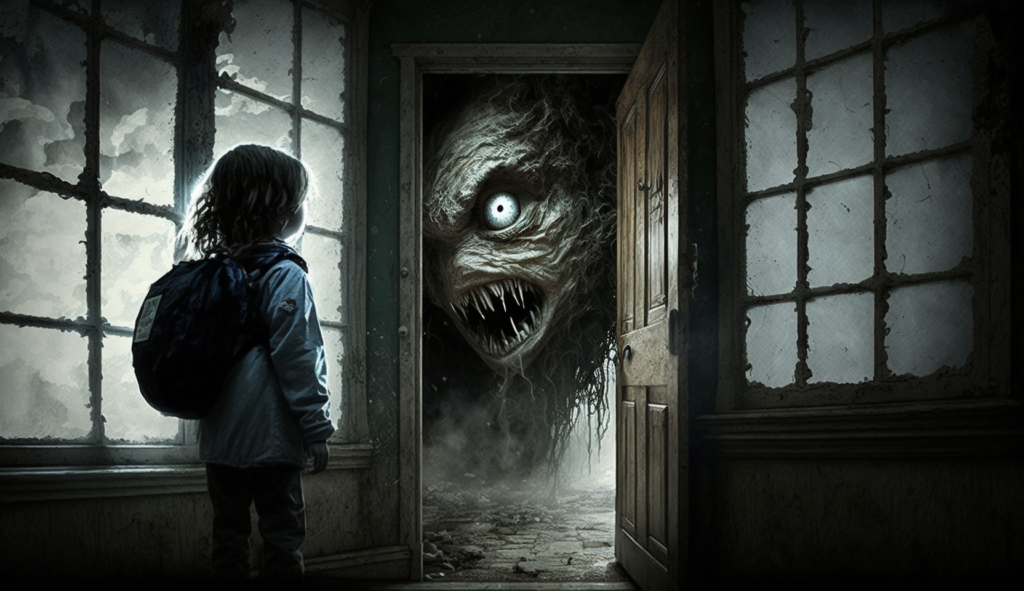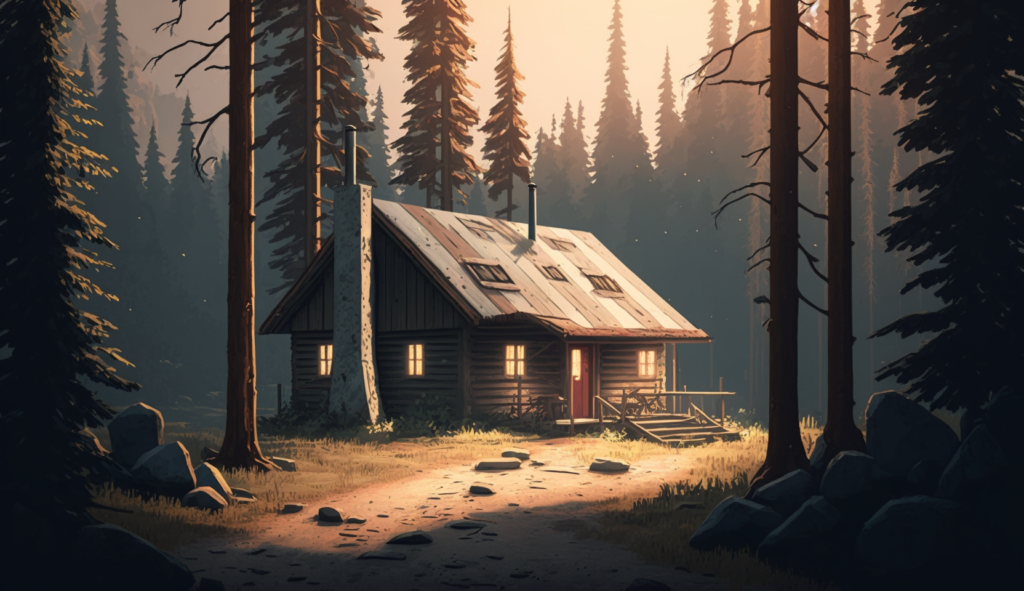In the age of smartphones and satellite imagery, one might assume that the fantastical creatures of myth and legend have been relegated to the pages of storybooks. Yet, surprisingly, reports of dragon sightings continue to surface across the globe, leaving skeptics scratching their heads and enthusiasts buzzing with excitement. These accounts range from fleeting glimpses in remote wilderness areas to striking encounters in bustling urban settings—each tale more astonishing than the last. Are these modern-day witnesses merely victims of imagination or hallucination, or could it be that dragons have never truly faded into obscurity?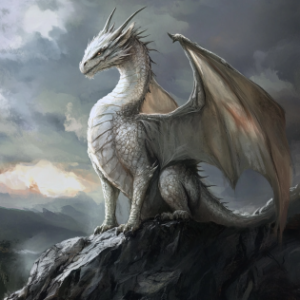
As we delve deeper into this intriguing phenomenon, we’ll explore eye-opening narratives from individuals who claim to have encountered these majestic beasts firsthand. From fiery apparitions soaring over mountain peaks to shadowy figures lurking in foggy valleys, these reports challenge our understanding of what is possible in our world today. Join us on a journey through history and folklore as we examine whether belief in dragons has transformed into something undeniably real—or if it’s simply a compelling reflection of humanity’s enduring fascination with the extraordinary.
Historical Context: Dragons in Mythology
Dragons have woven themselves into the tapestry of human mythology across cultures, emerging as both fearsome adversaries and wise guardians. In ancient Mesopotamia, for instance, the goddess Tiamat was depicted as a dragon-like entity embodying chaos and creation, emphasizing the duality often seen in dragons’ roles throughout history. Meanwhile, in Chinese folklore, dragons symbolize power and good fortune, revered as benevolent creatures that usher in prosperity and rain—a stark contrast to their Western counterparts often portrayed as malicious beasts to be slain. This multifaceted symbolism hints at deeper cultural narratives where dragons reflect humanity’s fears, aspirations, and moral lessons.
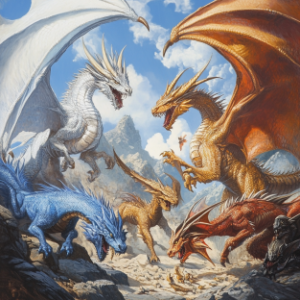 Interestingly, modern-day accounts of dragon sightings echo these historical perspectives. Witnesses today report encounters with creatures reminiscent of local lore—reptilian beasts soaring through the skies or lurking in remote caves—as if these legendary beings refuse to fade away completely from our collective consciousness. Perhaps such sightings serve a vital purpose; they allow us to re-examine our relationship with nature and challenge our understanding of omnipresent mythological motifs. Furthermore, they compel us to consider whether these creatures have yet to find their place within the boundaries of reality or if they’ve merely manifested through our shared imaginations while bridging past narratives with present experiences.
Interestingly, modern-day accounts of dragon sightings echo these historical perspectives. Witnesses today report encounters with creatures reminiscent of local lore—reptilian beasts soaring through the skies or lurking in remote caves—as if these legendary beings refuse to fade away completely from our collective consciousness. Perhaps such sightings serve a vital purpose; they allow us to re-examine our relationship with nature and challenge our understanding of omnipresent mythological motifs. Furthermore, they compel us to consider whether these creatures have yet to find their place within the boundaries of reality or if they’ve merely manifested through our shared imaginations while bridging past narratives with present experiences.
Cultural Impact: Dragons in Today’s Society
In the shadowy corners of our collective imagination, dragons have long been relegated to the pages of ancient myths and fantastical tales. Yet, as we venture deeper into the 21st century, a curious phenomenon is emerging from the recesses of folklore: modern-day dragon sightings. From rugged mountain ranges to bustling urban landscapes, there are whispers of these majestic creatures soaring through our skies, igniting both wonder and skepticism in equal measure. Could it be that these legendary beasts have not only survived in stories but are actually making appearances in our world today?
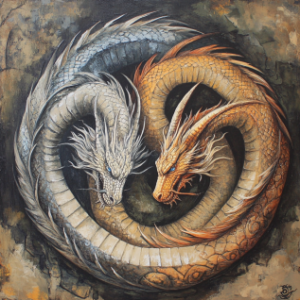
As technology advances and more people share their experiences online, a tapestry of eye-opening accounts begins to unfold—filled with breathtaking
descriptions and eerie photographs that challenge our understanding of reality. Are these sightings mere figments of overactive imaginations or something more profound? Join us as we delve into this captivating realm where myth meets reality, exploring firsthand accounts from those who claim they’ve encountered dragons in all their fiery glory. Prepare to question what you thought you knew about the natural world and discover why some believe that the age-old tales may not be so far-fetched after all!
Scientific Perspectives: Skepticism vs. Belief
The clash between skepticism and belief often defines the discourse surrounding extraordinary claims such as modern-day dragon sightings. Skeptics advocate for rigorous scientific methodology, emphasizing the need for empirical evidence and reproducibility, which often relegates such phenomena to folklore or misinterpretation of natural occurrences. They argue that cognitive biases can cloud our perception, leading to the phenomenon known as pareidolia—where people see patterns like dragons in clouds or rock formations due to an innate psychological tendency.
Conversely, believers inject a sense of wonder and open-mindedness into the discussion. They argue that science is limited by its current frameworks and methodologies, suggesting that unexplained experiences may challenge our understanding of reality itself. Perhaps these accounts could point toward undiscovered species or dimensions beyond typical human experience—elements that merit exploration rather than outright dismissal. The very essence of curiosity fuels both skepticism and belief; together they ignite dialogue about not just what we know, but what we might still learn from those who claim to have glimpsed dragons lurking in today’s world.
Conclusion: The Legacy of Dragon Legends
The legacy of dragon legends paints a rich tapestry woven from the threads of human imagination, mythology, and culture. These majestic creatures have transcended time, morphing from harbingers of chaos in ancient tales to symbols of wisdom and resilience in modern narratives. Their enduring presence in storytelling serves as a testament not only to our fascination with the fantastical but also to our innate desire for understanding the unknown. In today’s world, where technology often overshadows nature’s mysteries, these mythic beasts remind us to keep our minds open to possibilities beyond our comprehension.
Moreover, contemporary dragon sightings challenge us to confront what lies at the intersection of reality and belief. Are these sightings mere figments of collective hallucination or glimpses into an undiscovered realm? They evoke questions about how we perceive truth and folklore in an age dominated by scientific rationality. Ultimately, whether seen as cultural artifacts or manifestations rooted in deeper truths about humanity’s relationship with the natural world, dragons continue to ignite imagination and spark curiosity—reminding us that sometimes legends can be more than just stories; they can embody echoes of reality waiting silently alongside us.
